
Non-Dairy Milk Kefir FAQs
Frequently Asked Questions About Non-Dairy Milk Kefir
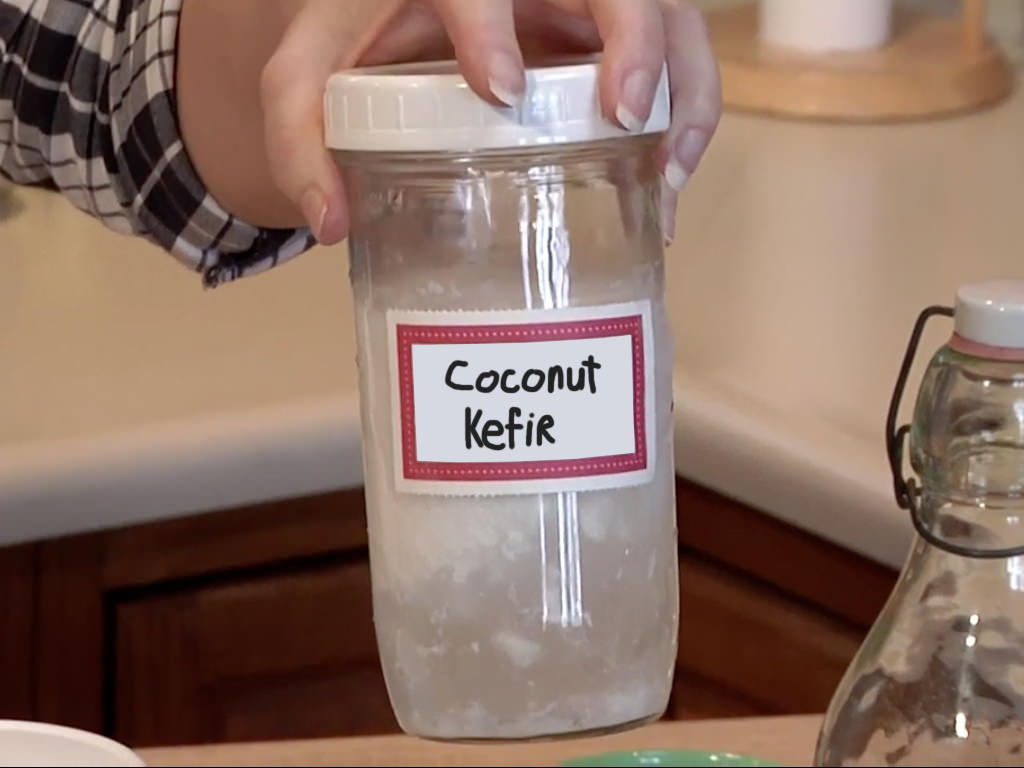
Why is my non-dairy kefir is separating into whey and curds?
This is actually normal for non-dairy kefir. Since most nut milks are made with mostly water it separates quite easily. This doesn’t diminish the product in any way. Stir or shake it up, or blend it into a smoothie. You might want to taste your batch while it’s fermenting. As soon as it sour or tart it is done and should be placed into the refrigerator to keep it from continuing to separate. Coconut milk made from canned milk doesn’t usually separate and stays creamy and thick.
Check out our 17 Dairy-Free Kefir recipes.
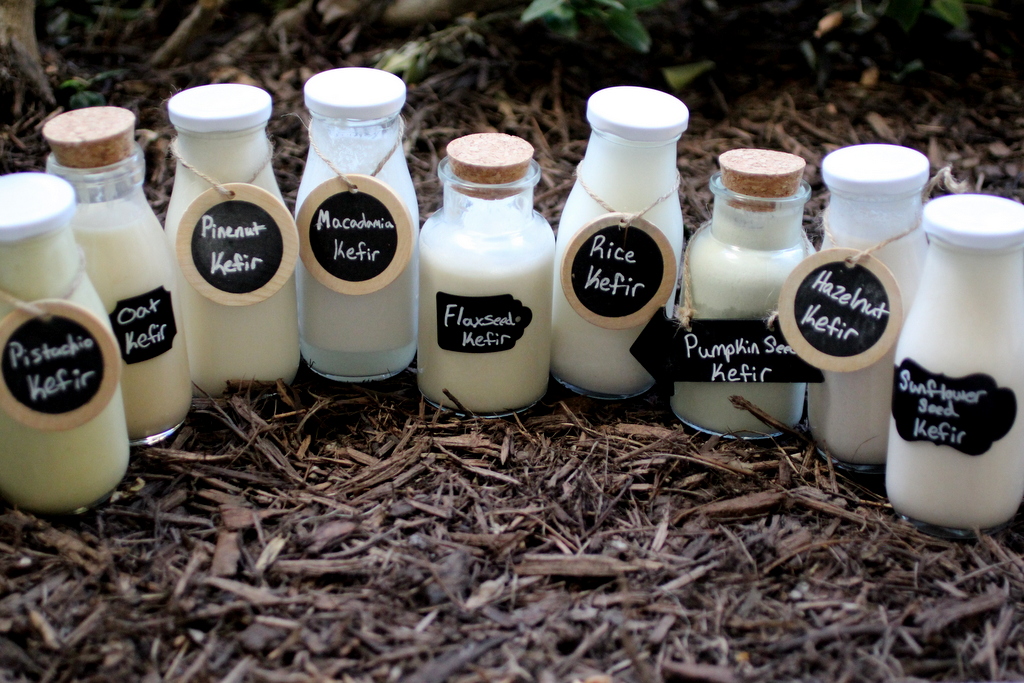
Does non-dairy kefir have as many probiotics as regular kefir?
This really depends on what type of non-dairy milk you’re using. Each non -dairy milk has different benefits that are in part to the type of milk you’re using. They vary in calcium and minerals and how much food there is for the bacteria to consume. We would have to test all of these non-dairy milks to be sure how many probiotics are in each product, which would be time consuming and expensive. However, we have seen a great many people heal their guts on non-dairy milks, and many are no longer allergic to dairy and can have both types of kefir.
Check out our 17 Dairy-Free Kefir recipes.
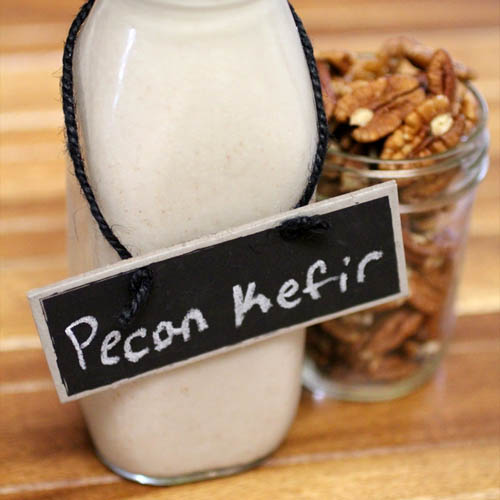
Does non-dairy kefir ferment faster?
Generally speaking, non-dairy kefir does ferment faster than regular cow’s milk kefir. (18- 24 hours) It will also depend on the temperature in your home and what kind of culture you’re using. If you are using a lot of kefir grains your kefir will ferment faster. It is best to taste it, if it’s sour or tart then it’s done, regardless of how long it has been. The most important thing to realize is that once the sugars are gone then the bacteria has eaten the food out of the milk and it’s time to refrigerate. Longer fermenting times will result in fewer probiotics, as the bacteria run out of food to consume.
Check out our 17 Dairy-Free Kefir recipes.
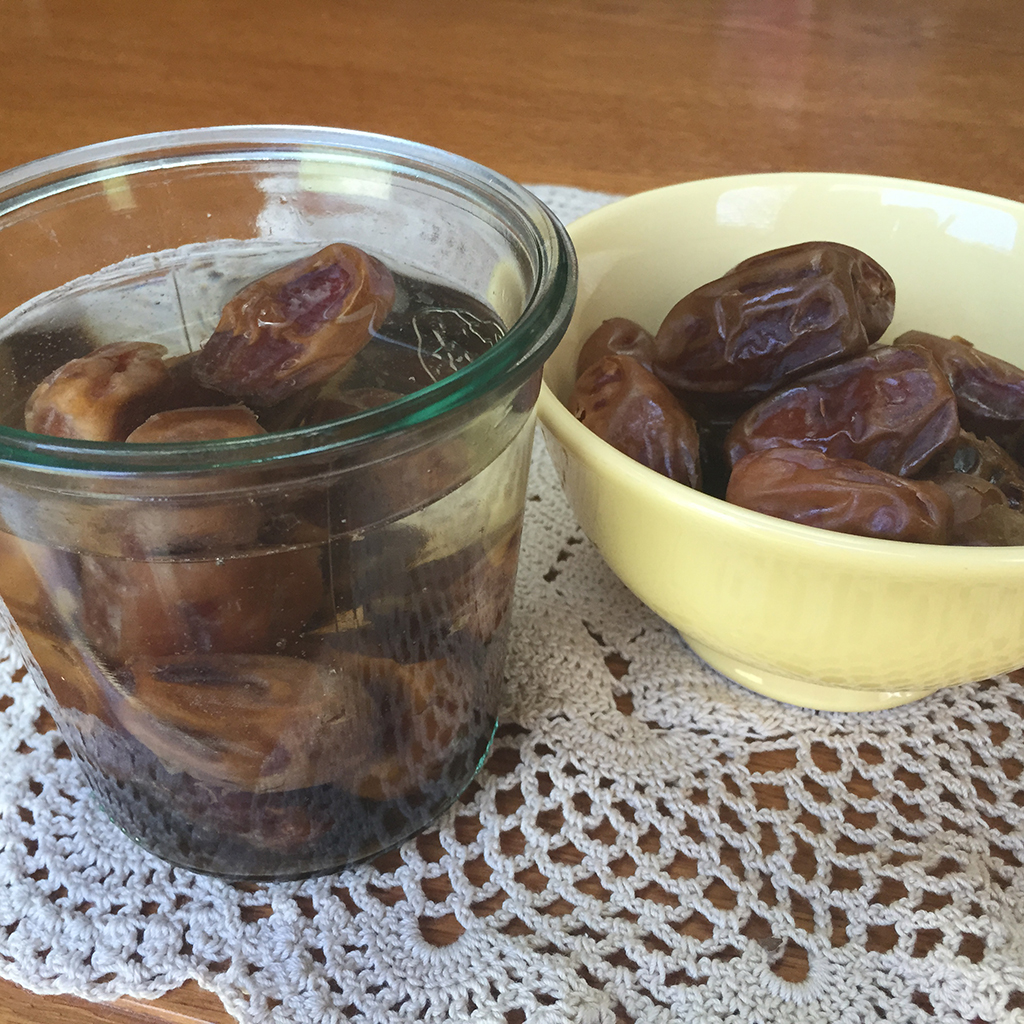
Can I alternate my grains between dairy and non-dairy milk?
It really isn't a good idea to switch your grains back and forth from non-dairy milk to dairy milk. We have found throughout the years that this can harm the kefir grains and they may not culture as well. Only switch them once to non-dairy milk and then keep them in that medium. You will want to save some of your grains for dairy milk and non-dairy milk then you can have both and they will work better.
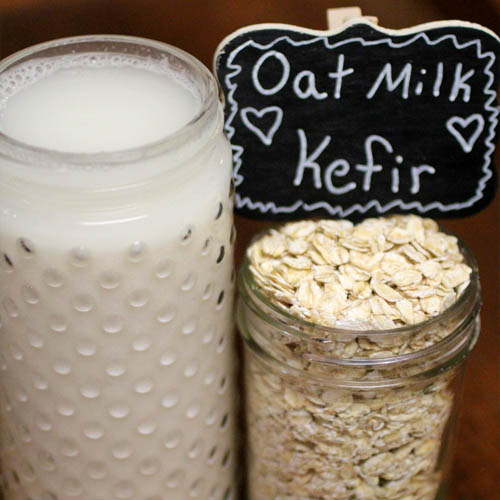
My Kefir Grains Aren't Growing?
Kefir grains don't grow as much in nut milks. Kefir grains grow/multiply better with dairy milk that has lactose in it. That being said, they still make good non-dairy kefir. Make sure you give them extra food such as a teaspoon of sugar or date paste per quart of non-dairy milk since most nut milks don't have many carbohydrates. This is the best way to keep your grains healthy in non-dairy milks.
Check out our 17 Dairy-Free Kefir recipes.
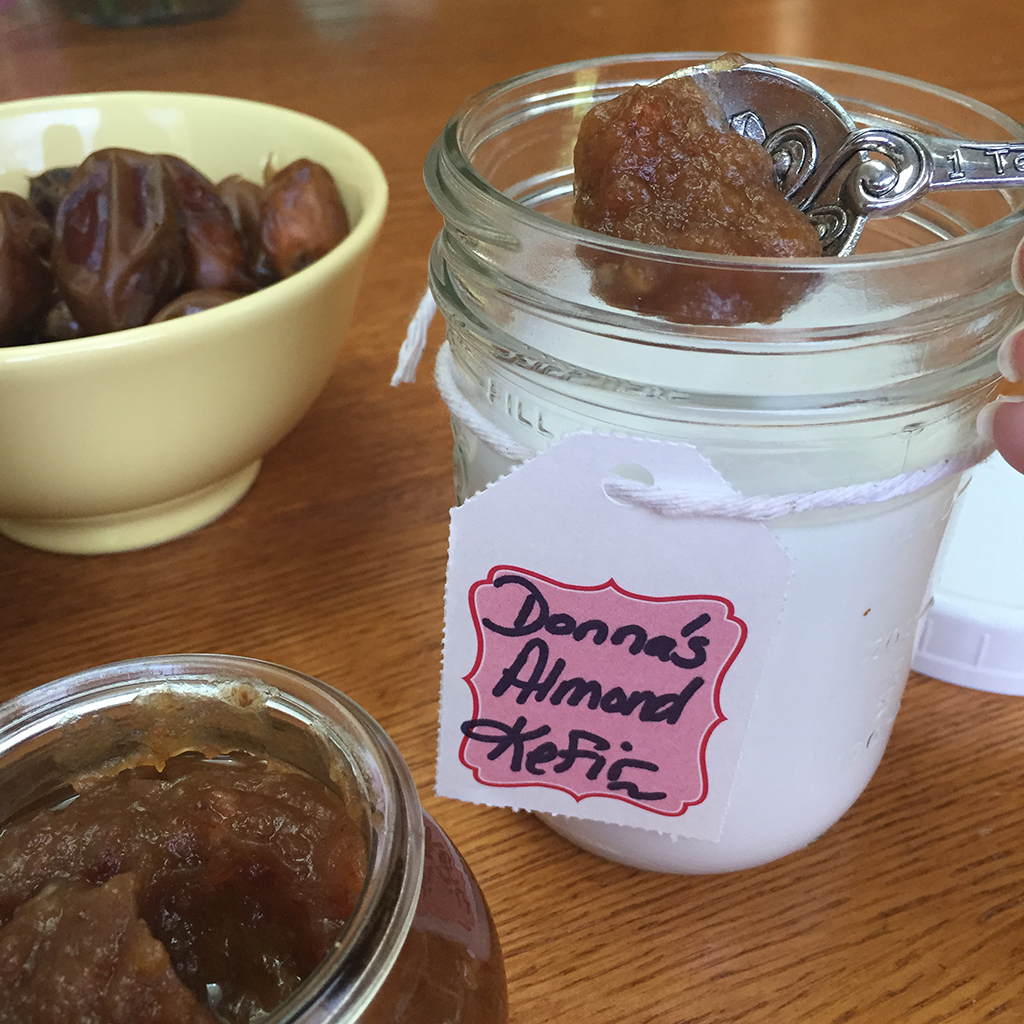
Do I Need To Add Extra Food For Non-dairy Kefir
Most non-dairy kefir kinds of milk are low in carbohydrates and don't contain lactose, the main food source for the minions in (dairy) kefir. The microbes need some type of sugar to consume in order to generate lots of probiotics, so included in each non-dairy recipe is a small amount of sugar or with some sugar or date paste since there's no lactose. Since non-dairy milk doesn't have any lactose in it, your culture needs something to eat to stay alive. 1 teaspoon of date paste or sugar is enough to sustain one quart of non-dairy kefir. Remember you won't get this sugar because the millions of microbes will consume the sugar and then make you billions of probiotics.
Check out our 17 Dairy-Free Kefir recipes.
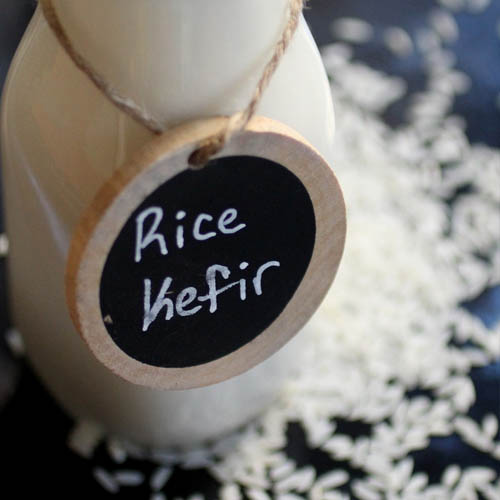
My Non-Dairy Kefir is Thin
Non-dairy kefir is usually thinner than regular kefir, since most non-dairy kinds of milk have a lot of water in them. Don't worry, this is ok and doesn't mean it's over fermenting. This is just from the water content separating from whatever grains, seeds, or nuts you're using. It's still loaded with tons of probiotics and nutrients. When it separates, just shake it up before you use it.
If you follow my recipes, I include the nuts that are blended into the kefir and this makes the kefir thicker. I also have a recipe to make thicker non-dairy kefir. Check out the recipe below.
Thick Like Yogurt — Nut Kefir
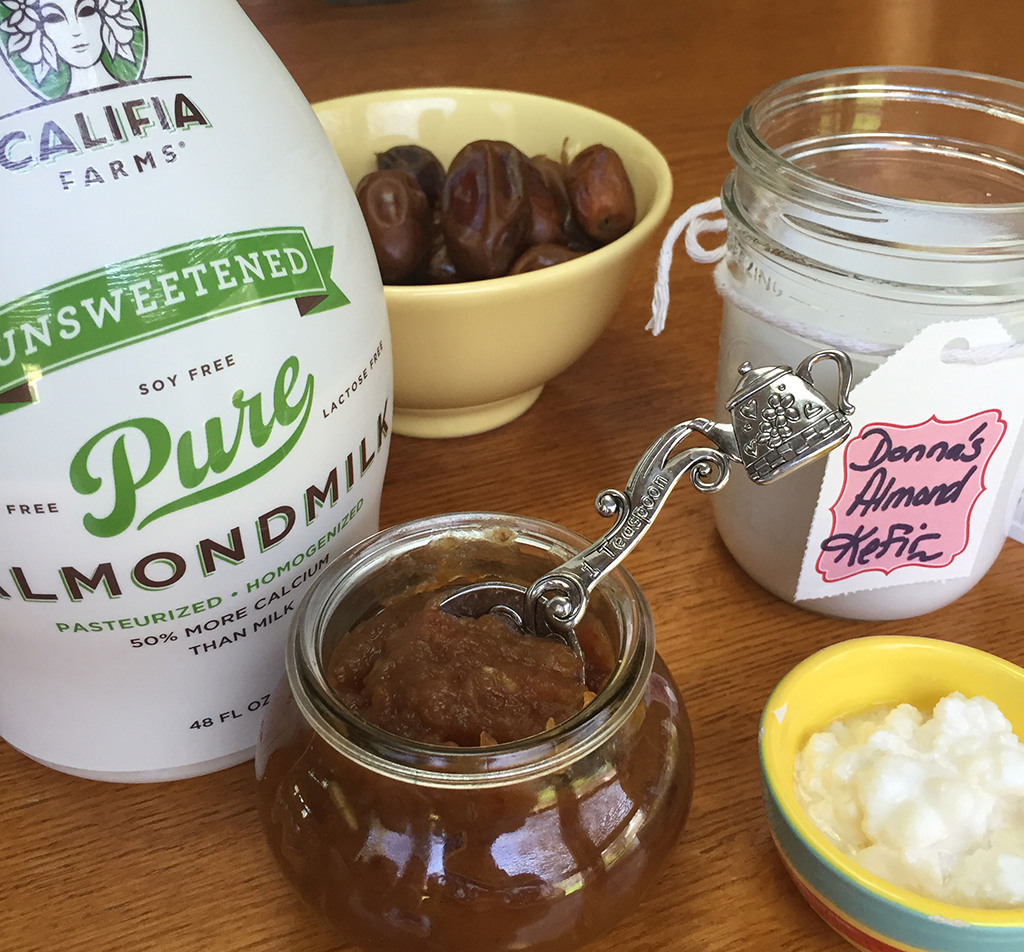
I’m going on vacation. How do I keep my grains alive and happy while I’m gone?
Storing kefir grains for a week: Place your kefir grains in non-dairy milk with a teaspoon of sugar or date paste. If you have 1 tablespoon of grains, store them in at least 2 cups of milk, 3 is better. I like to make sure that they have plenty of food to eat. If you have more grains, add more milk accordingly. Then you place this in the refrigerator. This will last for one week. Coming home: When you return home strain off the milk that the grains were resting in and discard (you can also give this to pets!) and put them in new milk to make kefir.
The grains will be a little slower making kefir when you first take them out of the fridge. The cold slows them down a bit, but the second time you make kefir they will be back up to speed.
Longer than a week: If you're going to be gone for more than one week, then I recommend you freeze them. Store them in a jar in the amount of non-dairy milk you regularly use, with some sugar or date paste leaving a little room at the top for expansion when it freezes. Store in a glass or food-grade plastic jar with a lid and place in the freezer. You can store this for a month. They will take a little while to wake up when you remove them from the freezer, but once they thaw, strain them and give them fresh milk and sugar. You will need to discard the milk they were stored in. Freezing kefir grains should only be done once in a while. Freezing and thawing them continuously can diminish or kill them, but once or twice a year should be fine. When you thaw them, add a scoop of Prebio Plus to help them wake up. It may take longer than 24 hours to culture the first time with the added food from the Prebio Plus but will make a big difference in how they perform.
Listen To My Podcast
Non-dairy kefir is a wonderful way to have kefir. There are a few things you'll need to know if you want to make this type of kefir. I have lots of FAQs about non-dairy kefir to help you. Tune in and listen to learn how to make the best non-dairy kefir.
References I talked about:
Are you on the list?
Sign up today and I'll send you my free Getting Started Guide!
Each week I'll send you updates, tips, recipes, and more! You might even be a winner of my weekly giveaway! (starter cultures, memberships, and more!)
Come be a part of my cultured food family!


